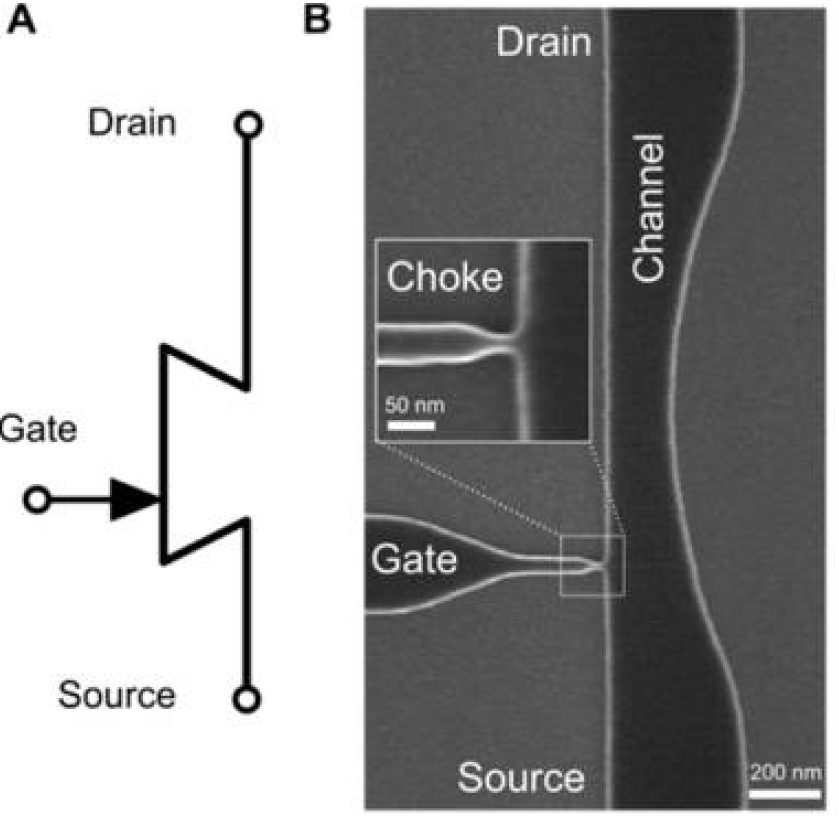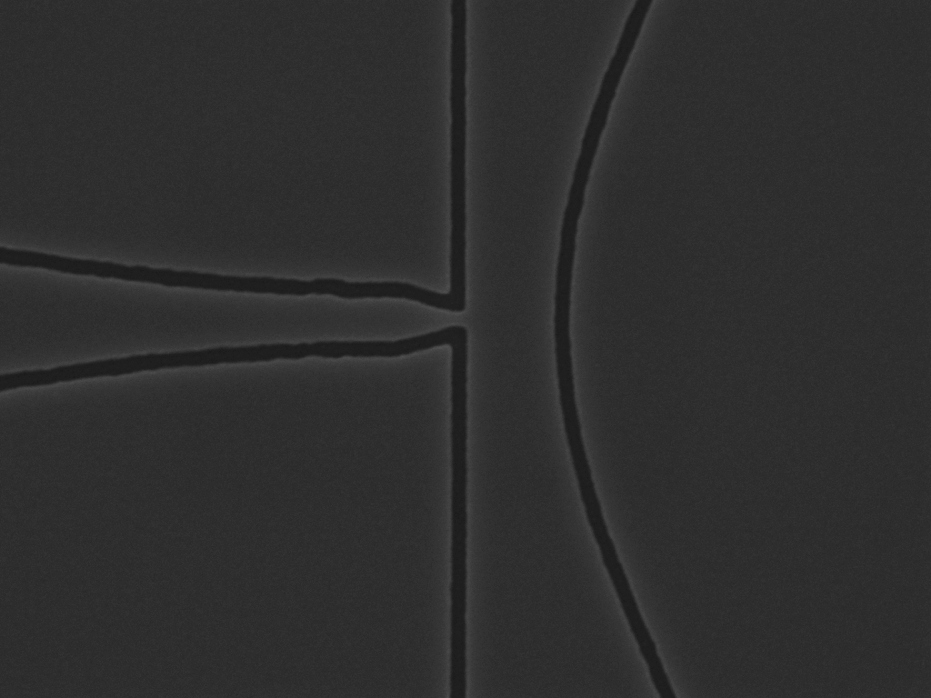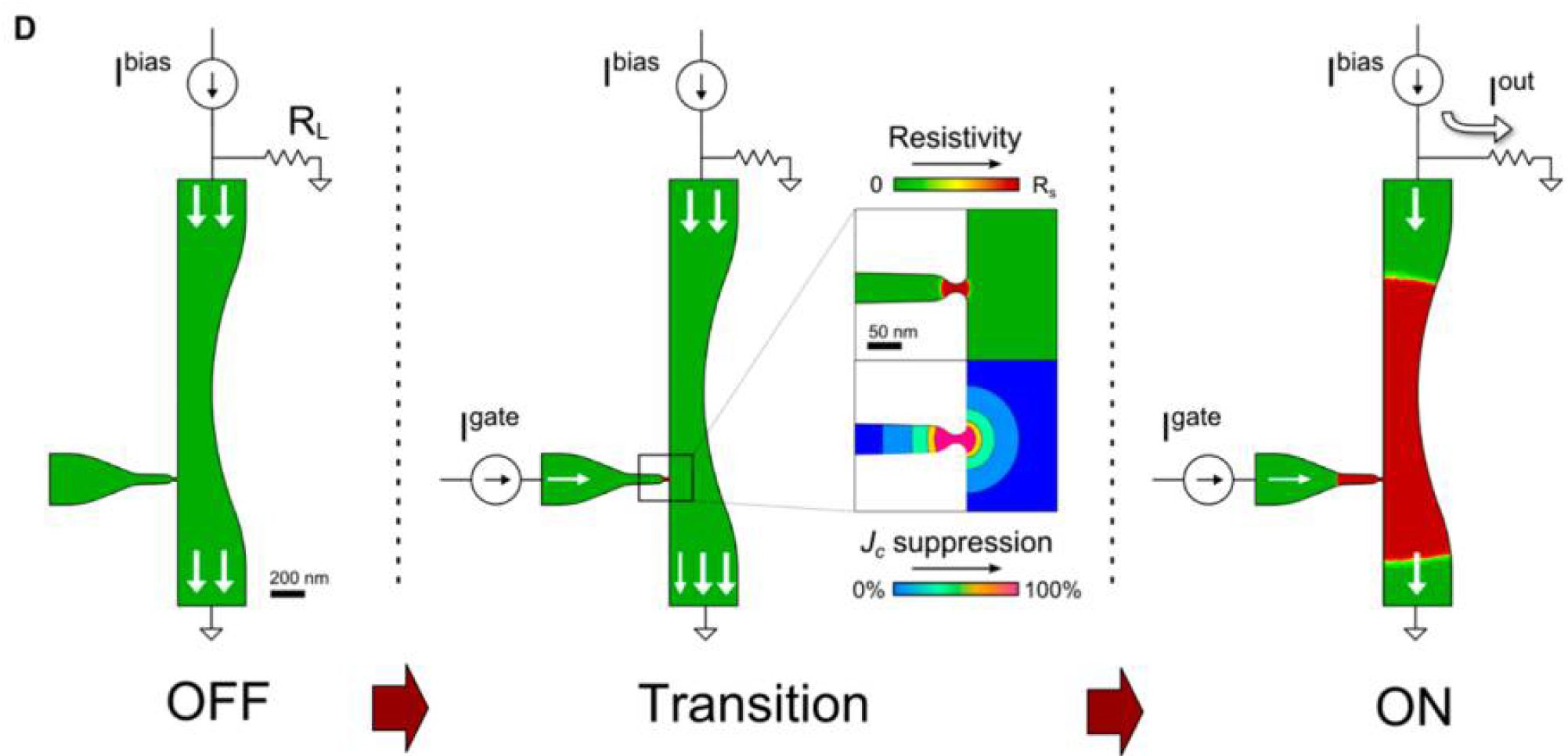Cryogenic electronics technologies, such as Cryo-CMOS, has emerged in the last few years as a possible solution to interface quantum systems to classical ones efficiently and compactly. The goal is to eliminate bulky, lossy coaxial cables running into the cryostat from room-temperature instruments and controllers. Coaxial cables not only impact the performance and the noise of quantum systems, but they also prevent scalability to large quantum systems.
However, among the cryogenic electronics technologies, cryo-CMOS circuits might dissipate too much power to operate in a cryostat at 20 mK without having an effect on the base temperature of the cryogenic stage. An alternative to cryo-CMOS technology is Rapid Single Flux Quantum (RSFQ), which is based on Josephson junctions and dissipates much less energy per flop: however, this technology is not ready for large scaling electronics.
What we are investigating is an intermediate step, i.e. the use of novel superconducting-based cryogenic electronics known as nanocryotrons (or nTron) and its variations, to build simple superconducting circuits that could allow integration of cryo-CMOS (powerful logic running at the 4 K stage) and RSFQ (almost dissipation-less logic running at the qubit interface).
nTrons are fabricated in a very similar way as SNSPDs, which is one of the fields of expertise of AQUA. Our goal is to fabricate, test and characterize nanocryotrons and use this knowledge to design integrated circuits with them, which is another core competence of our lab.
 |
 |
 |
Relevant Publications
[1] A. N. McCaughan et al., Nano Lett. 14, 10, 5748-5753 (2014)
[2] S. Frasca et al., Nature Electronics (News & Views) 2, 10, 433-434 (2019)
Collaborations
Massachusetts Institute of Technology